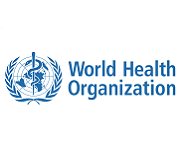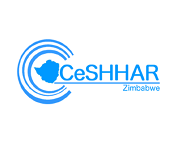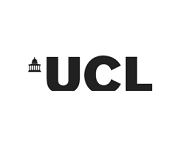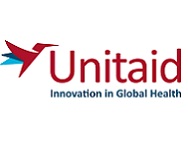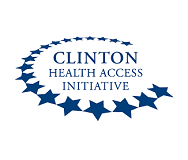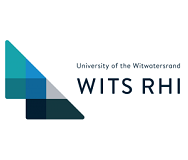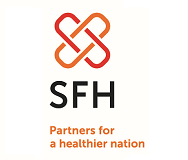Costs incurred by patients when acquiring HIV testing services in rural Malawi
By Linda Sande (Malawi-Liverpool Wellcome Trust)
In a country that is ranked number nine globally in terms of HIV prevalence and HIV/AIDS is the leading cause of death, one might expect the majority of the adult population to have knowledge of their HIV status. However, there is still a significant proportion of people living with HIV (PLHIV) in the country who still do not know their HIV positive status. We were therefore interested in finding out the extent to which financial costs incurred in accessing HIV Testing and Counselling (HTC) services hinder access to HIV testing for rural communities in Southern Malawi.
We interviewed 749 adults (16 years or above) who had an HIV test in the 12 months preceding the interview. We focused on two types of costs, namely direct (money individuals actually spend in order to access care) and indirect (lost income as individuals accessed care). The direct costs included the cost of childcare as the parent sought the HTC services, and the cost of transport, food and the consultation.
We noted that both user and service characteristics were important drivers of individual HTC user costs. There was a clear gender disparity in terms of the costs incurred in accessing HTC services, with men spending twice as much as women. Lost income was the largest category for both genders, accounting for more than 80% of individual costs. A regression analysis further demonstrated that these costs are approximately equal to 154% of average daily individual earnings.
The type of facility (static versus mobile) and duration of a test, including travel time, were also key drivers of costs, with costs increasing as individuals tested outside of their communities and each additional hour spent at the facilities leading to an average of 20% increase in user costs.
Our paper: “A Tobit Analysis Of User Costs For HIV Testing Among Rural Communities In Malawi” by Linda Sande, Collin Mangenah, Lawrence Mwenge, Hendramoorthy Maheswaran, Melissa Neuman, Cheryl Johnson, Pitchaya Indravudh, Marc d_Elbee, Karin Hatzold, Liz Corbett and FernTerris-Prestholt, was accepted for oral presentation at the International Health Economics Association, Boston July 10, 2017.
It is important to understand the role played by individual costs in accessing HTC services and general health treatment services, as these costs have effects on health care demand. Such an understanding will help in better targeting populations with high user costs and increase health care demand. It is relatively easy for individuals who are unwell to choose to visit a facility, compared with those who think they are physically fit. Now the question is: How do we get asymptomatic PLHIV to test for HIV, when going for a test implies a trade-off to raising money for that day’s survival – Could HIV self-testing provide the solution?
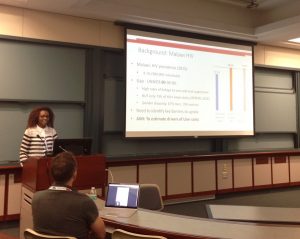
Linda presenting at the International Health Economics Association in Boston


